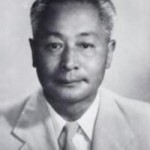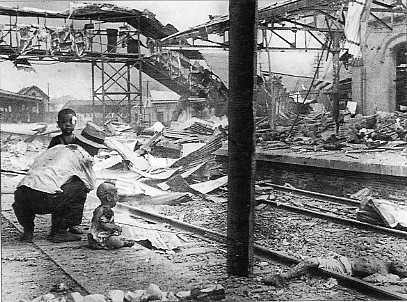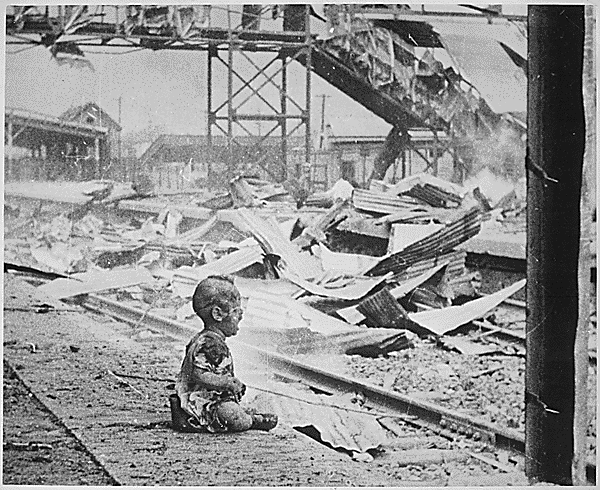‘The Chinese Baby’
- By Peter Harmsen
- 4 December, 2013
- No Comments
The photo of a Chinese baby crying after a Japanese air raid on the Shanghai South Station in late August 1937 is one of the iconic images of the Second Sino-Japanese War. It was published in early October in Life magazine and carried by hundreds of major US newspapers. It was estimated that 136 million Americans saw the picture, and were horrified by it. It may have played a role in turning US public opinion decisively against the Japanese empire in the late 1930s, helping to prepare the mood for American participation in the war a few years later.

H. S. Wong
The photo was taken by H. S. Wong, a photographer for Hearst Metrotone News. Earlier in the day, he had been waiting around with other reporters, hoping to get photos of a Japanese attack expected in the Huangpu, Shanghai’s main river. The attack didn’t materialize, and all the news people returned to their offices, except for Wong. His patience paid off as he heard the sound of Japanese planes and the blast of explosions a couple of miles off. He jumped into his car and sped in the direction of the noise. Only when he arrived did he realize that the South Station had been hit.
“It was a horrible sight,” Wong later reminisced, according to The Great News Photos and Stories behind them by John Faber. “People were still trying to get up. Dead and injured lay strewn across the tracks and platform. Limbs lay all over the place. Only my work helped me forget what I was seeing. I stopped to reload my camera. I noticed that my shoes were soaked with blood.”
The Japanese commanders had ordered an attack on the station as they claimed it was used as a center for the transportation of Chinese troops pouring into Shanghai. But the Japanese planes dropped their bombs at a time when the platforms were filled with civilians, of both sexes and all ages. Probably hundreds were killed. The carnage was indescribable, but the lone baby captured by Wong’s camera came to stand for it all.
The raw emotional impact of the photo was a propaganda disaster for the Japanese, and they were furious. According to reports they even put a prize on Wong’s head, hoping to make him pay with his life for causing them to lose face. They didn’t succeed. Wong escaped to Hong Kong and eventually made it to Taiwan, where he died in 1981. Instead apologists of Japan’s aggression in the 1930s have tried to discredit the photo, mainly by reference to this image:

This could indeed be interpreted as showing a man preparing the child for the famous photo. However, it appears there is a much more direct explanation for the appearance of the man and the other child, as described in Wong’s memoir:
“I saw a man pick up a baby from the track, and carry him to the platform. He went back to get another badly injured child. The mother lay dead on the tracks. As I filmed this tragedy, I heard the sound of planes returning. Quickly, I shot my remaining few feet on the baby, I ran toward the child, intending to carry him to safety, but the father returned. The bombers passed overhead. No bombs were dropped.”




 Copyright © 2025
Copyright © 2025
Leave a Reply